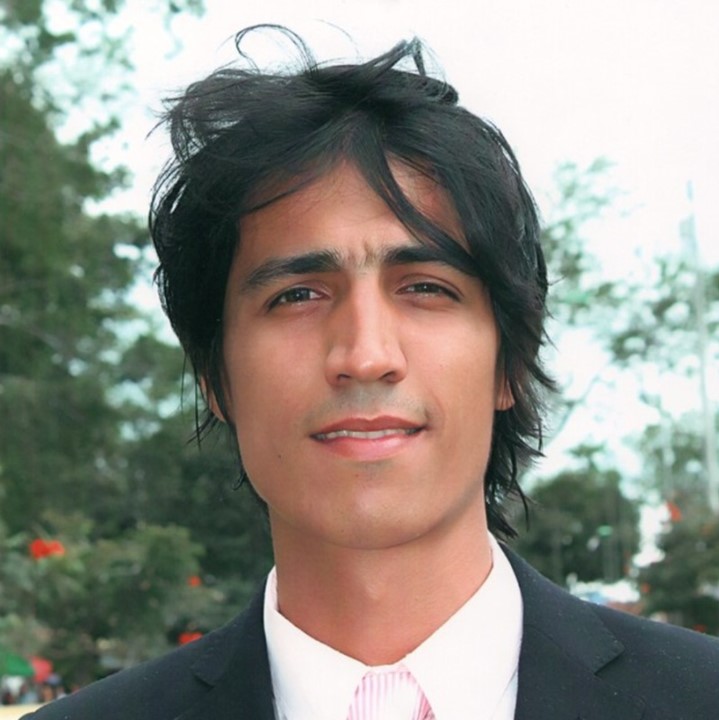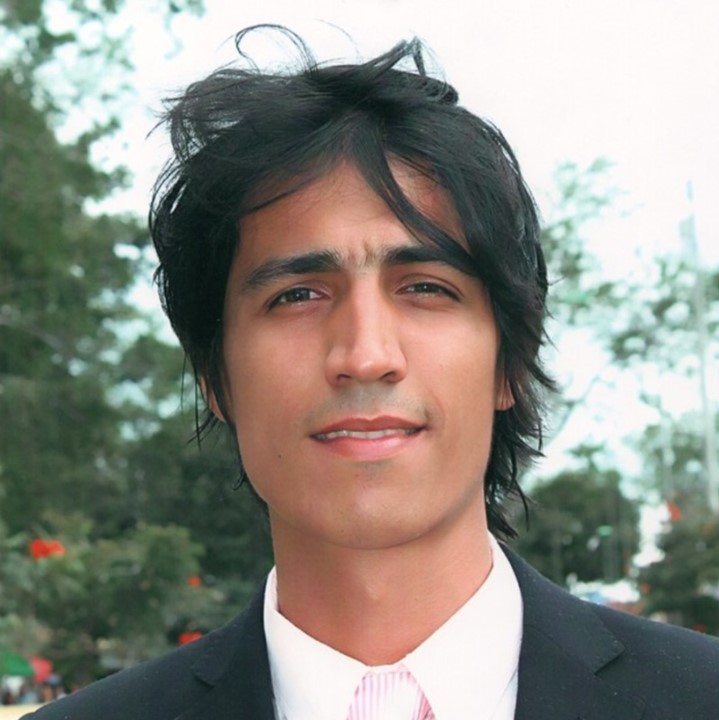
« Rational design of a controllable antimicrobial coating based on silver nanowire networks: A combined study of material science and marketing »
cliquer pour voir la liste des membres du jury/clic here for the jury members
Résumé
Release-based antimicrobial coatings have been intensively investigated due to their potential to prevent bacterial infections via contaminated surfaces. However, owing to their uncontrollable burst release profile of antimicrobial payloads, their action may cause systemic toxicity in human cells and the environment, as well as rapid depletion of the antimicrobial pre-loaded compounds until the released quantities drop below bacterial sub-inhibitory concentrations, resulting in poor biocidal activity over time. These limitations hinder their widespread application and emphasize the need for engineering strategies to develop novel antimicrobial coatings that incorporate controllable release systems. One way to address these shortcomings is by developing on-demand triggered release systems. These platforms incorporate a stimulus-responsive material that undergoes morphological changes in response to specific stimuli, allowing subsequent controllable release of antimicrobial payloads.
This study primarily focuses on developing a comprehensive, step-by-step, rational design of a Joule-heating-triggered on-demand silver release platform based on coated silver nanowire (AgNW) networks. We present, for the first time, the use of these sorts of systems as stimuli-responsive materials, taking advantage of the network degradation pathways via silver atom diffusion from the nanowire surface when subjected to electrical or thermal stress. Here, the release of silver induced by Joule heating serves as an antimicrobial agent for on-demand controlled antimicrobial activity. In addition, we propose the use of a multilayer architecture as a configurational design for AgNW-based antimicrobial coatings with the aim of fabricating a multifunctional antimicrobial platform. This architecture enables the incorporation of a heat-based release trigger and storage capabilities within a unified all-in-one platform. A first demonstration of the concept is presented where a stable AgNW network is used as a heater element, and a sacrificial AgNW network serves as an Ag atom reservoir.
Nevertheless, although current advances in nanotechnology open up new opportunities for engineering novel antimicrobial platforms aimed at preventing and inhibiting bacterial growth, nanotechnology-based applications are often perceived by consumers as risky for health and associated with high rates of uncertainty, hindering acceptance and adoption. Concerns about uncontrolled use may lead to negative mental representations and associations among users, shaping their response to such technology. Therefore, there is a need for a deeper understanding of the consumer decision-making process and individual information processing towards nanomaterials-based antimicrobial applications.
On this basis, in order to get an in-depth understanding of individuals' behavioral intentions towards nanotechnology-based innovations integrating antimicrobial features, either controllable or not controllable, this work develops an original and comprehensive conceptual framework based on the Technology Acceptance Model (TAM), integrating more holistic and cognitive considerations and variables. Through this multifaceted model, the study aims to elucidate insights about the interplay of individual mental activity, in terms of mental imagery and memory associations, and the main variables of technology acceptance from TAM (perceived usefulness and perceived ease of use).
Membres du jury/ Jury members :
|
PROFESSEUR |
Daniel BELLET |
Université Grenoble Alpes |
Thesis Director |
|
AITRESSE DE CONFERENCES |
Aurore DENNEULIN |
Université Grenoble Alpes |
Examinatrice |
|
PROFESSEUR |
Husnu Emrah UNALAN |
Université d'Ankara |
Examinateur |
|
PROFESSEUR |
Jean-François LEMOINE |
Université Paris 1 Panthéon- Sorbonne |
Examinateur |
|
DIRECTEUR DE RECHERCHE |
Jean-Pierre SIMONATO |
CEA-LITEN |
Examinateur |
|
PROFESSEURE |
|
Université de Lyon 1 |
Rapporteur |
|
MAITRE DE CONFERENCES |
Matthias PAULY |
Institut Charles Sadron |
Rapporteur |
|
PROFESSEURE |
Marie-Laure GAVARD-PERRET |
Université Grenoble Alpes |
Co-directrice de thèse |
|
MAITRESSE DE CONFERENCES |
Laurence CARSANA |
Université Grenoble Alpes |
Co-encadrante de thèse |
|
MAITRESSE DE CONFERENCES |
Marianne WEIDENHAUPT |
Université Grenoble Alpes |
Co-encadrante de thèse |
Grenoble INP Phelma-Minatec
3 parvis Louis Néel - 38000 Grenoble
Accès : TRAM B arrêt Cité internationale
Free entrance - No registration



